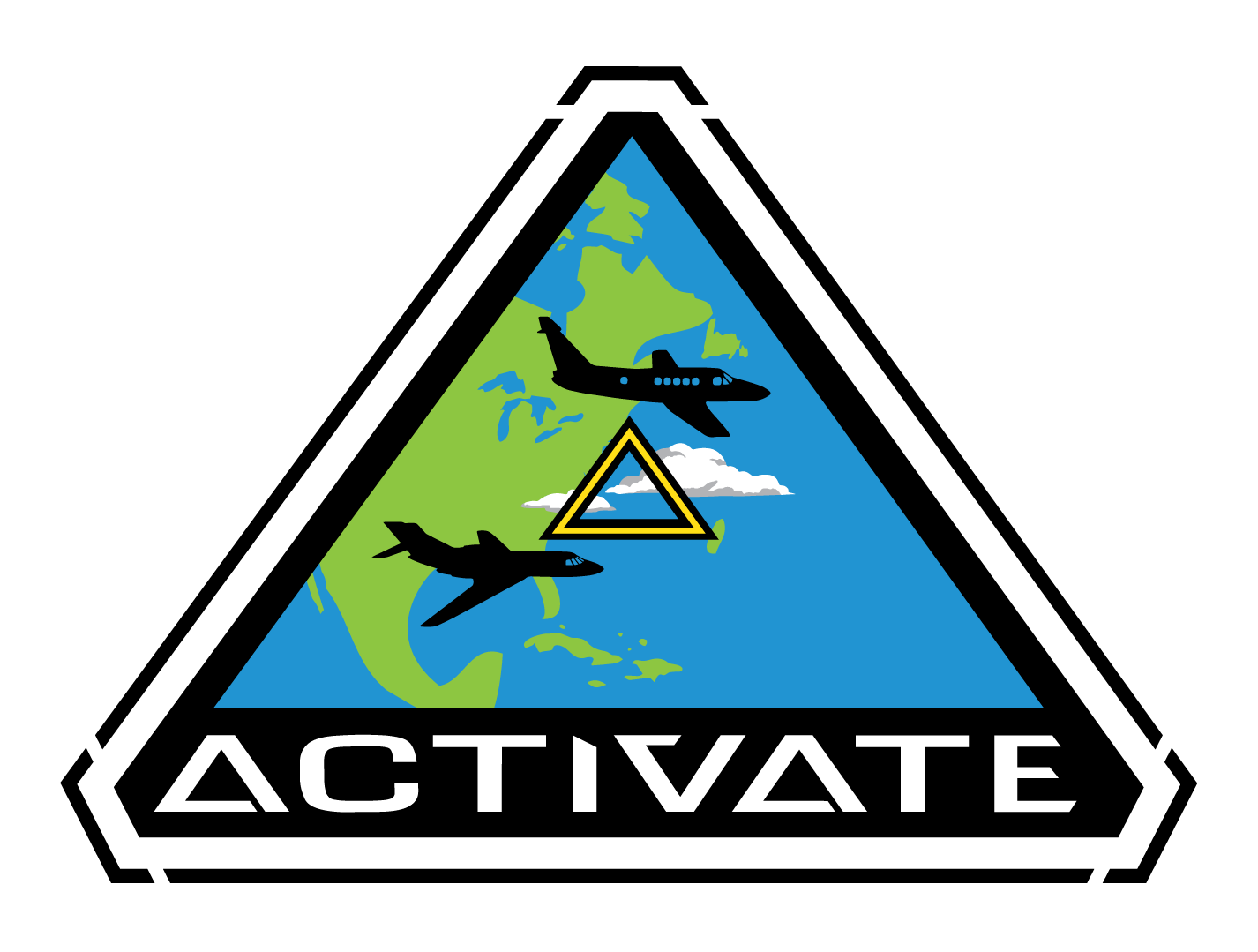Question: The highest recorded temperature on Earth of 57.8 °C (136 °F) was recorded in El Azizia, Libya. True or false?
Answer: True! That’s one hot day! Remember, temperatures outside can vary because weather changes every day.
However, an areas climate gives us a clue as to what to expect the weather to be like.
At NASA Langley, we have a satellite in space called CERES that helps us keep track of climate on Earth.
By the way, El Azizia, Libya has an arid climate, which is a common characteristic of deserts.
Question: The beautiful colors of a sunset are actually caused by pollution and particles in the atmosphere.
Answer: True! Aerosols, which are small particles sometimes made up of dust and soot,
reflect and scatter the light as the sun sets, creating those pretty red and orange colors.
NASA studies what kinds of aerosols are in the atmosphere and where they are using a satellite called CALIPSO.
Question: The line in the sky that an airplane leaves is not a cloud. True or False?
Answer: False! That line the airplane leaves behind is called a contrail.
A contrail is formed when hot, humid air from airplane exhaust mixes with cold,
dryer air at high altitudes. The condensation trail forms a cloud that is left
in the sky after it passes! At NASA Langley, we use our satellites CALIPSO
and CERES to tell the difference between different types of clouds and other particles in the sky.

